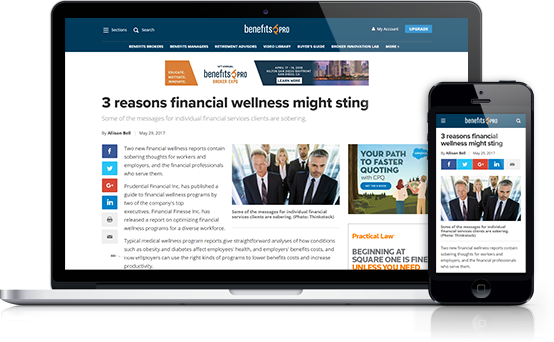
Benefits Selling's annual employer survey found that many things are business as usual in the benefits world: For one thing, employers continue to try to restrain costs while attracting and retaining employees with the richest possible benefit packages.
About 67 percent of employers offer health care benefits. Slightly fewer than half of respondents offer health savings plans, or HSAs, and a little more than 68 percent agreed employees think health insurance is the most important benefit they have.
Continue Reading for Free
Register and gain access to:
- Breaking benefits news and analysis, on-site and via our newsletters and custom alerts
- Educational webcasts, white papers, and ebooks from industry thought leaders
- Critical converage of the property casualty insurance and financial advisory markets on our other ALM sites, PropertyCasualty360 and ThinkAdvisor
Already have an account? Sign In Now
© 2024 ALM Global, LLC, All Rights Reserved. Request academic re-use from www.copyright.com. All other uses, submit a request to [email protected]. For more information visit Asset & Logo Licensing.








